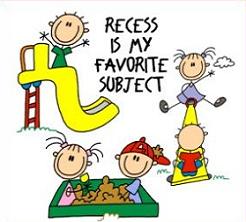In this article, in our ongoing series on Rethinking technology & creativity in the 21st century, we interview Dr. Jung. Dr. Jung is a neuro-psychologist, brain imaging researcher, and a clinical professor of neurosurgery at the University of New Mexico. He started his graduate career interested in issues of intelligence… With time, however, Dr. Jung increasingly came to realize that intelligence was not enough to explain the vast array of human capabilities—particularly to issues such as creativity and innovation. For this reason, he has devoted the second decade of his career to better understanding creative cognition from a neuroscientific perspective. He speaks to three key ideas that (a) creativity can be cultivated; (b) it is (in)disciplined in nature – in that it requires both deep knowledge of a field as well as a willingness to step of the the discipline; and finally that (c) creativity needs downtime. Read the complete article below:
Mehta, R., Mishra, P., & the Deep-Play Research Group (2016). Downtime as a key to novelty generation: Understanding the neuroscience of creativity with Dr. Rex Jung. Tech Trends (60)6.



0 Comments